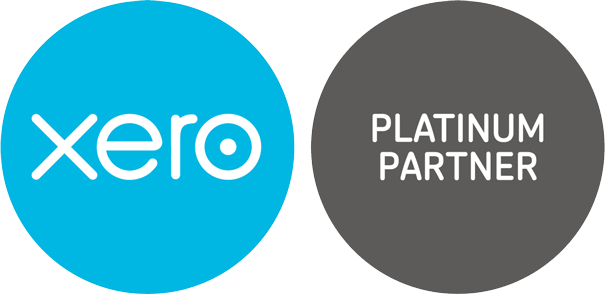News
HMRC set to modernise direct debit system for employer PAYE
18 August 2022
HM Revenue & Customs (HMRC) has announced plans to offer a recurring direct debit to employers as part of their wider payment modernisation programme.
At present, employers can only set up a direct debit to collect a single payment.
The launch of this service, slated for mid-September this year, will see a change to the employer’s liabilities and business tax account (BTA) screens.
A link will also be included that will enable client companies to mandate a direct debit instruction, which will authorise the tax authority to collect money directly from their bank account.
Much like any other direct debit mandate, employers will be able to view, amend, or cancel the direct debit via a “manage your direct debit” once it has been set up.
Along with this update, HMRC stated that it has been extending employer PAYE for agent online services to allow accountants and adviser to see payment records held by HMRC along with employer liabilities.
Link: Employer PAYE — new recurring Direct Debit functionality
Case Studies
-

Taxing demands with old school charm
-
Child's play with proactive accounts management
-

A taste for growth, a thirst for knowledge
-

Customer care is top of the list for packaging business
-

A shared passion for architecture and a head for numbers
-

A modern approach required for music moguls
-

Cut above the rest in personal management style
-

Sometimes a business does exactly as it says on the tin
-

Smiles all round for dental practice


